Softball Pitching Myths Pt. 2- Hello Elbow
I’ve written on this topic a few other times- however it is such a problem in the pitching world it deserves more attention. I get frustrated when I see people defending hello elbow using outdated and busted myths.
Let’s first get one thing straight, is the follow through on its own the issue? No. There are elite pitchers that do internal rotation and then follow through high with the elbow up. Amanda Scarborough and Jennie Finch are the first that come to mind. There are even pitches that Cat Osterman finishes high as well. So what’s the big deal?
Much like the last post, there are some really damaging myths being taught that are not only incorrect, they can lead to injury. Full disclosure, I do not have a degree in kinesiology so I am not qualified to give specifics on what can cause injury or not. However, I do surround myself with people who do have such degrees and most of them agree HE mechanics can lead to injury. In the very least, they are inefficient and ignore the kinematic sequence and how the body naturally moves.
Review of Internal Rotation
Internal rotation is not necessarily a pitching term. It is a body movement term. Lot’s of sports utilize internal rotation. Golf, baseball/softball hitting, volleyball, tennis all come to mind. Shoulder internal rotation is defined as
“Internal rotation (medial rotation or intorsion) is rotation towards the axis of the body. External rotation (lateral rotation or extorsion) is rotation away from the center of the body.”
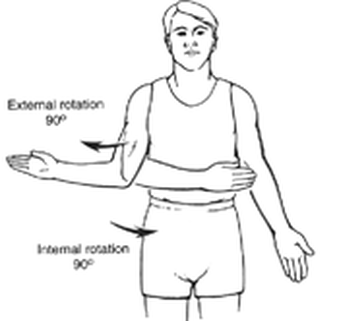
Quoting a previous post of mine:
In this article found in the US National Library of Medicine, the physics of humans throwing projectiles is discussed. While most the content focuses on the overhand motion, we can safely assume similar physics of the underhand motion would be similar (if not identical).
“It has been shown that internal (medial) rotation around the long axis of the humerus is the largest contributor to projectile velocity. This rotation, which occurs in a few milliseconds and can exceed 9,000°/sec , is the fastest motion the human body produces. “
Is internal rotation the only important part of the arm whipping? No. Pronation of the lower arm is. Pronation occurs in softball pitching once the throwing arm brushes the body (or, the humerus stabilizes against the body). By pronating, the energy is transferred to the lower arm and the fingers release the ball in a whipping motion.

Yukiko Ueno (Gold Medalist from Japan) internally rotating and pronating the lower arm after brush:
Hello Elbow- The Myth
So where did this myth come from? Much like I said in my last post- I think lack of quality slow motion video from the early 2000’s (and before) has confused students and teachers alike. I am fully convinced no pitching coach sets out to teach the wrong mechanics. However, sometimes not enough research is done into the proper mechanics (I am guilt of this earlier in my career!). It is easier to think that they way we were initially taught is correct and lead to our own personal success.
The other part of this myth is that high level pitchers have propagated this myth in clinics, lessons, and online:
The myth states that the pitcher should get her hand on top of the ball on the backside of the circle, push the ball (usually with a straight arm) and “snap the wrist” as hard as they can. After that, they teach to pull the arm up and either end with a high elbow or sometimes with the elbow pointed at the catcher. I’ve even seen coaches teaching the girls to point the elbow inside or outside- as if the follow through makes a difference where the ball goes.
Following through up after the pitch isn’t the problem. Teaching kids to get their hand on top of the ball and wrist snap is the problem. This tactic may work in the lower levels, but I’ve never seen or heard of a high level pitcher actually accomplishing this. They may think they are, but when shown in slow motion, they are not actually wrist snapping.
Pictures of elite pitchers that perpetuate the myth: (hint: they all internally rotate)

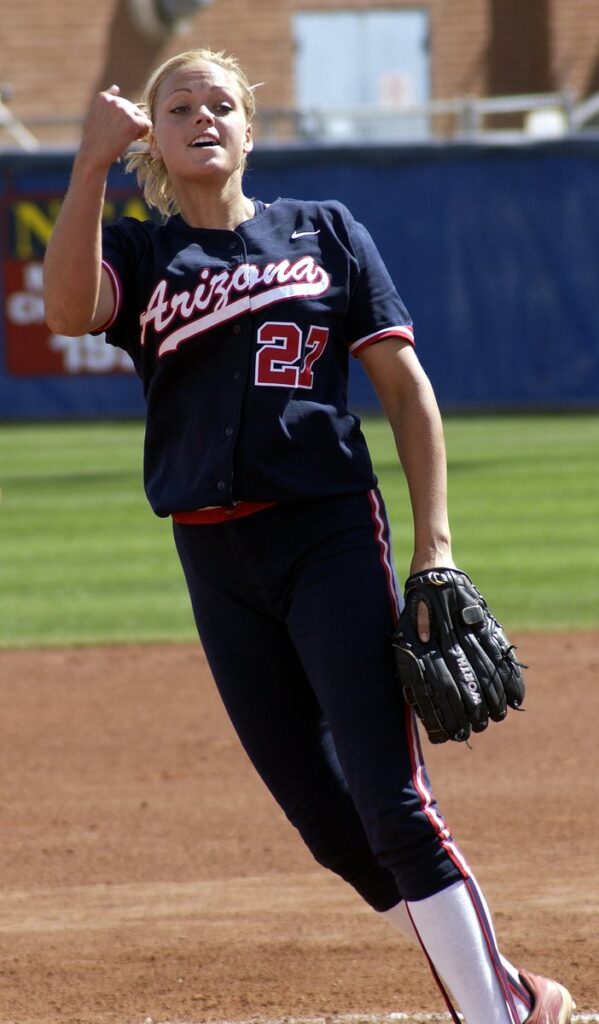
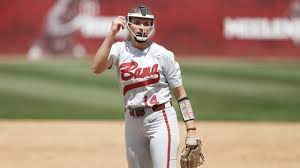
Look at this video of Jennie using internal rotation before the hello elbow follow through:
These screenshots are a bit blurry, but you can clearly see the internal rotation and the pronation of the lower arm before the hello elbow finish:
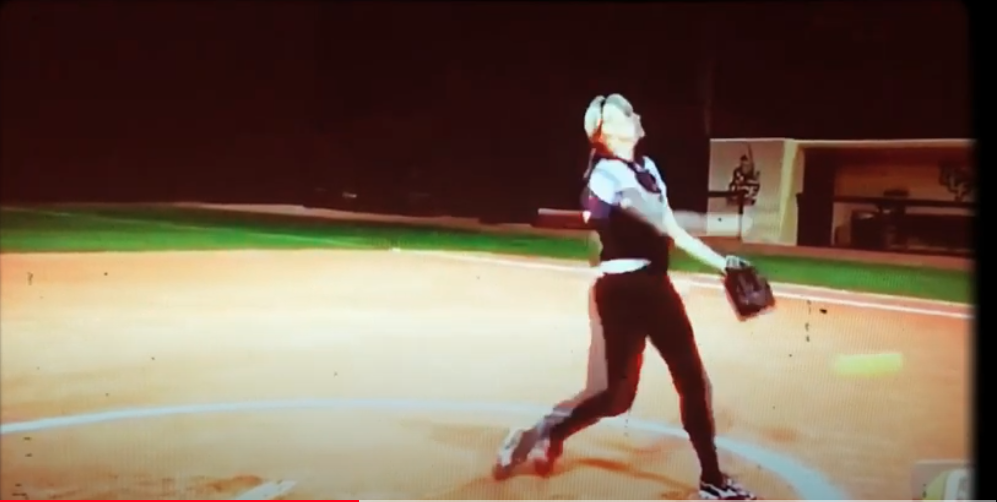
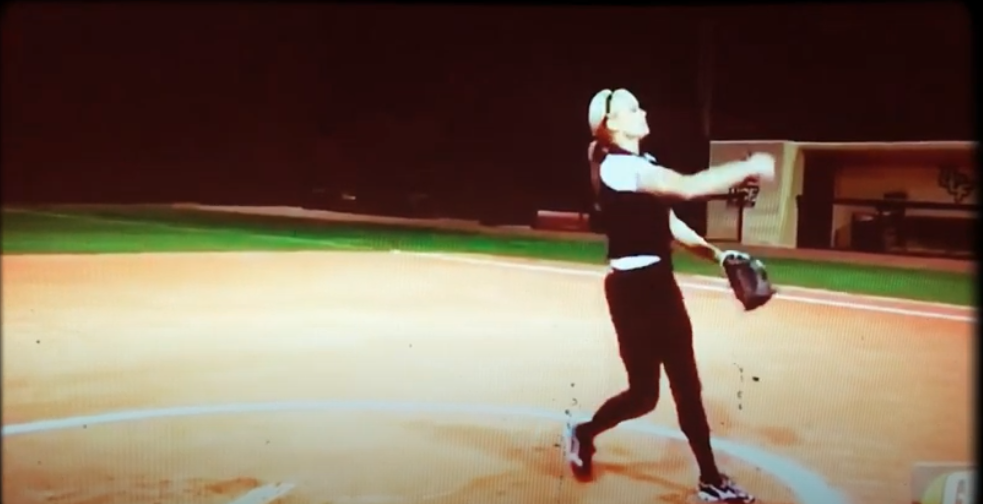
Internal rotation is the most efficient way to pitch. 🙂
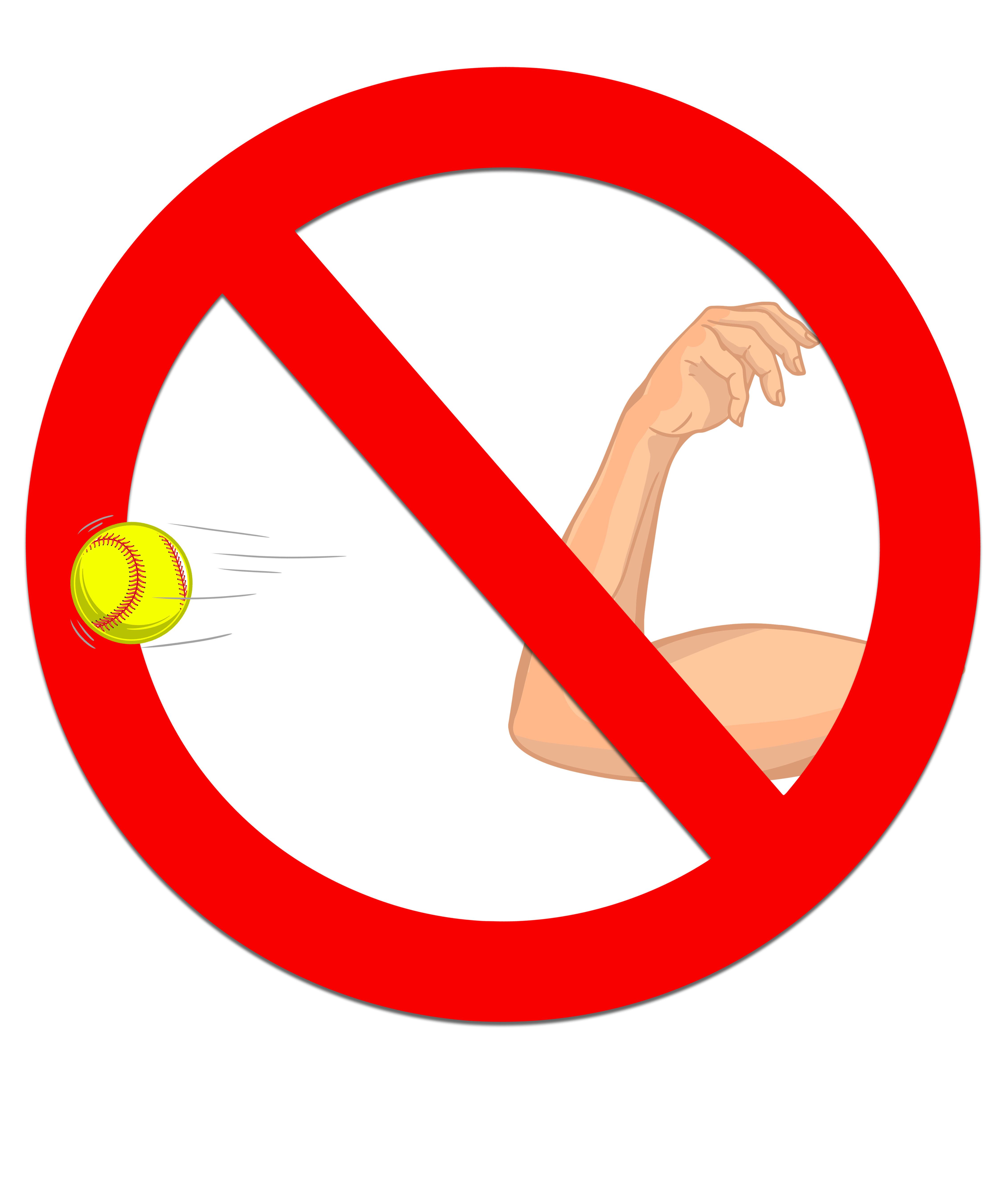
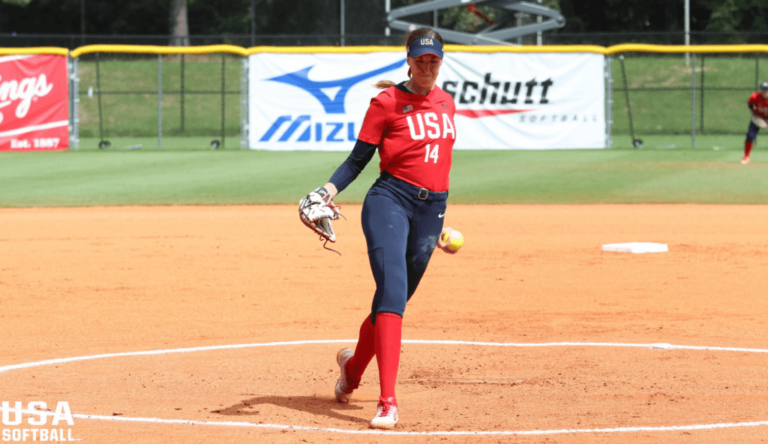
Really, Really studying the difference to do what is best for my pitcher’s “health” primarily. Are you aware of any reserach that compares the 2 or that analyzes IR? Currently the vast Majority of HE pitching coaches have their pitchers on the side of the ball on top and on the finish. Does that make it more like IR? Really looking for help here.
All pitchers will do some variation of IR because that is how the shoulder is designed to move. I don’t have any research off the top of my head but if I find any I will come back to this post and post it for you. Or email it over. I have yet to analyze a video and see a pitcher who claims to do HE ACTUALLY do what they say/think they are doing.
Even in HE pitching, the shoulder internally rotates. It’s just that the lower arm does not and does not pronate.
If the coach is not having the palm up on the backside of the circle and is not teaching to “whip” and end with a pronated arm, they are not teaching IR. If the kids is being told to “make a lane” for their arm and get the hips 100% open, that is also HE mechanics.
I hope that helps. Email me if you want to talk more. [email protected]